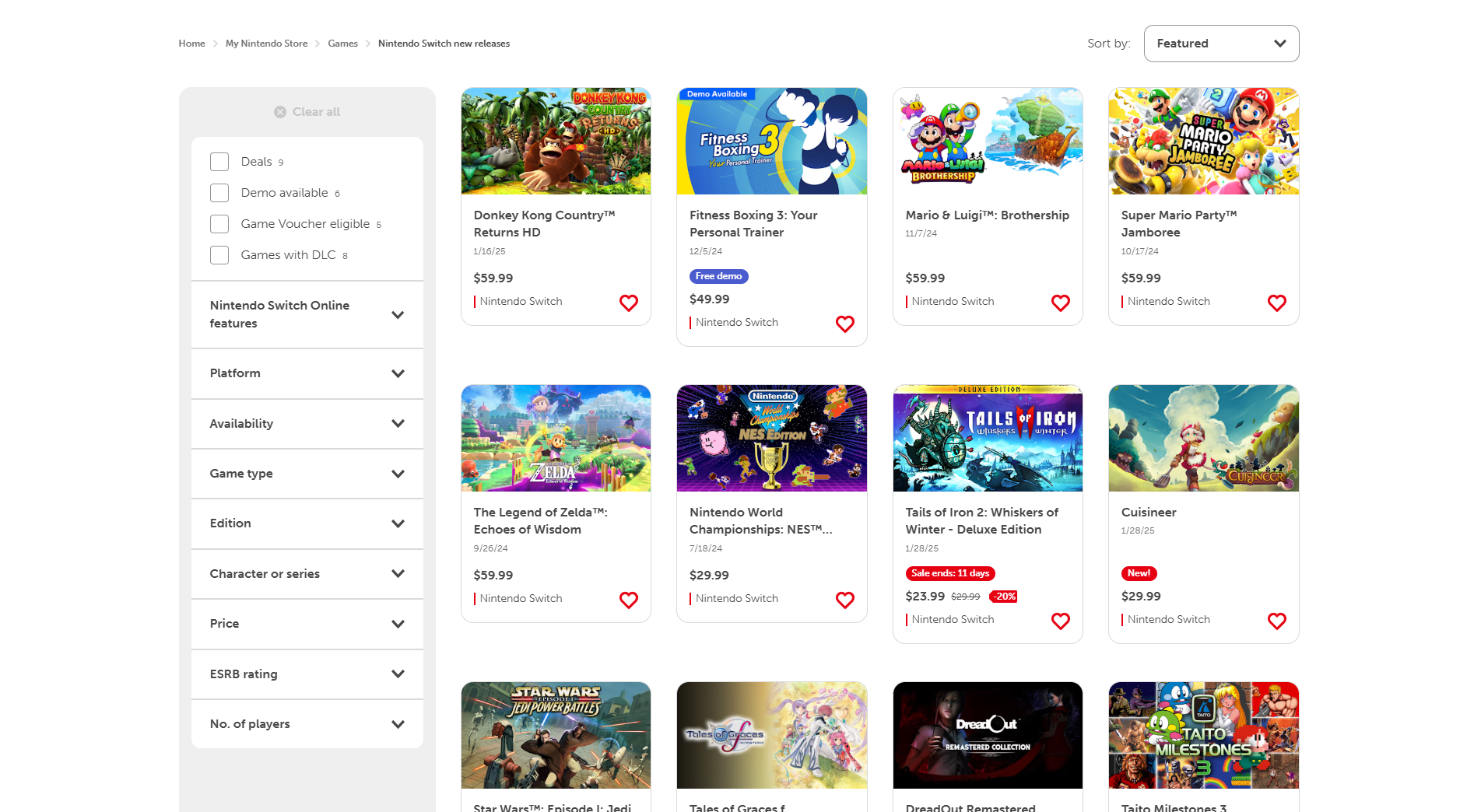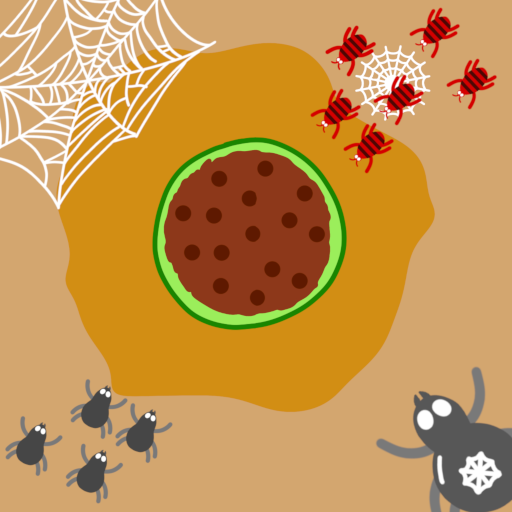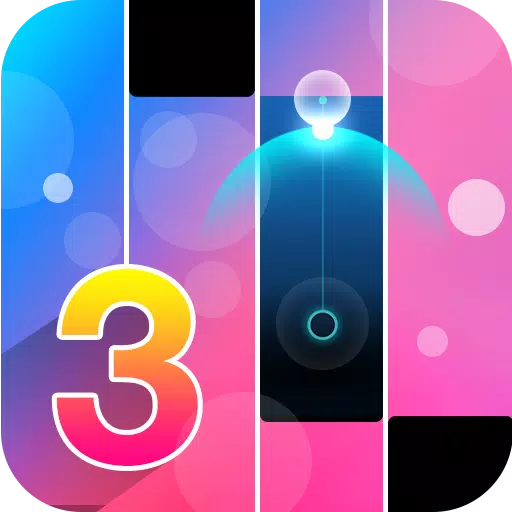The PlayStation Store and Nintendo eShop are facing an influx of low-quality games, often described as "slop," raising concerns among users. These games, frequently simulation titles, utilize generative AI for misleading marketing materials and often bear striking resemblance to popular titles, sometimes even copying names and themes. This issue, initially more prevalent on the eShop, has recently spread to the PlayStation Store, particularly impacting the "Games to Wishlist" section.
The problem isn't simply the presence of bad games; it's the sheer volume of nearly identical, low-effort titles overwhelming the platforms. These games often feature poor controls, technical issues, and limited gameplay, failing to match the promises made on their store pages. A small number of companies appear responsible for this surge, making them difficult to identify and hold accountable due to a lack of readily available information and frequent name changes.
Users are demanding improved storefront regulation, particularly given the already-deteriorating performance of the Nintendo eShop. To understand the situation, an investigation was conducted into the game release process across different platforms (Steam, Xbox, PlayStation, and Nintendo Switch).
The Certification Process
Interviews with eight game development and publishing professionals (all requesting anonymity) revealed insights into the game release process. Generally, developers must first gain access to platform-specific development portals and, for consoles, devkits. This is followed by submitting game details and undergoing certification ("cert"), where the platform verifies compliance with technical requirements, legal standards, and ESRB ratings. Age ratings are strictly enforced, with discrepancies leading to significant delays or rejections.
The certification process is often misunderstood; it's not a quality assurance check but rather a verification of technical compliance. Developers are responsible for pre-submission QA. Feedback from platform holders on submission failures is often limited, particularly from Nintendo, known for frequent rejections with minimal explanation.
Store Page Review
While platform holders require accurate game representation in screenshots, enforcement varies. Reviews primarily focus on ensuring consistency (e.g., correct controller buttons) and language, with less emphasis on accurately reflecting gameplay. One anecdote highlighted a game needing resubmission due to PC screenshots being used instead of Switch footage. Nintendo and Xbox review store page changes before launch, while PlayStation performs a single check near launch, and Valve only reviews initially, allowing subsequent alterations without further review.
While some diligence exists in verifying store information, the standards are loosely defined, allowing misleading content to slip through. The consequences for inaccurate representations are typically limited to removal of the offending content, with delisting or developer removal being more severe repercussions. Crucially, none of the console storefronts have specific rules regarding generative AI use in games or marketing materials, although Steam requests disclosure.
Why the Discrepancy?
The disparity in "slop" across platforms stems from differences in the approval process. Microsoft vets games individually, while Nintendo, Sony, and Valve vet developers. This allows developers approved on Nintendo and PlayStation to easily publish multiple games, contributing to the influx of low-quality titles. Xbox's game-by-game vetting process makes it less susceptible. Nintendo's system is particularly vulnerable to exploitation, with developers utilizing tactics like repeatedly releasing bundles to maintain top placement in "New Releases" and "Discounts." PlayStation's "Games to Wishlist" sorting by release date exacerbates the issue, prioritizing games with distant release dates.
Steam, despite having potentially the most "slop," isn't facing the same backlash due to superior discoverability options and a constantly refreshing new releases section. Nintendo's approach of presenting all new releases in an unsorted manner contributes significantly to the problem. The web browser version of the Nintendo eShop, however, is notably less affected.
The Path Forward
Calls for stricter storefront regulation are growing, but developers express concerns about accidentally targeting quality games. Past attempts at filtering, like Nintendo Life's "Better eShop," have demonstrated the risk of unfairly penalizing legitimate titles. While Sony has taken action against similar issues in the past, the effectiveness of aggressive platform regulation remains uncertain. The underlying challenge is the difficulty in distinguishing between genuinely bad games, asset flips, and AI-generated content, a task ultimately falling on individuals rather than a corporation. The platform holders are attempting to balance allowing less-than-stellar games while combating cynical cash grabs.








